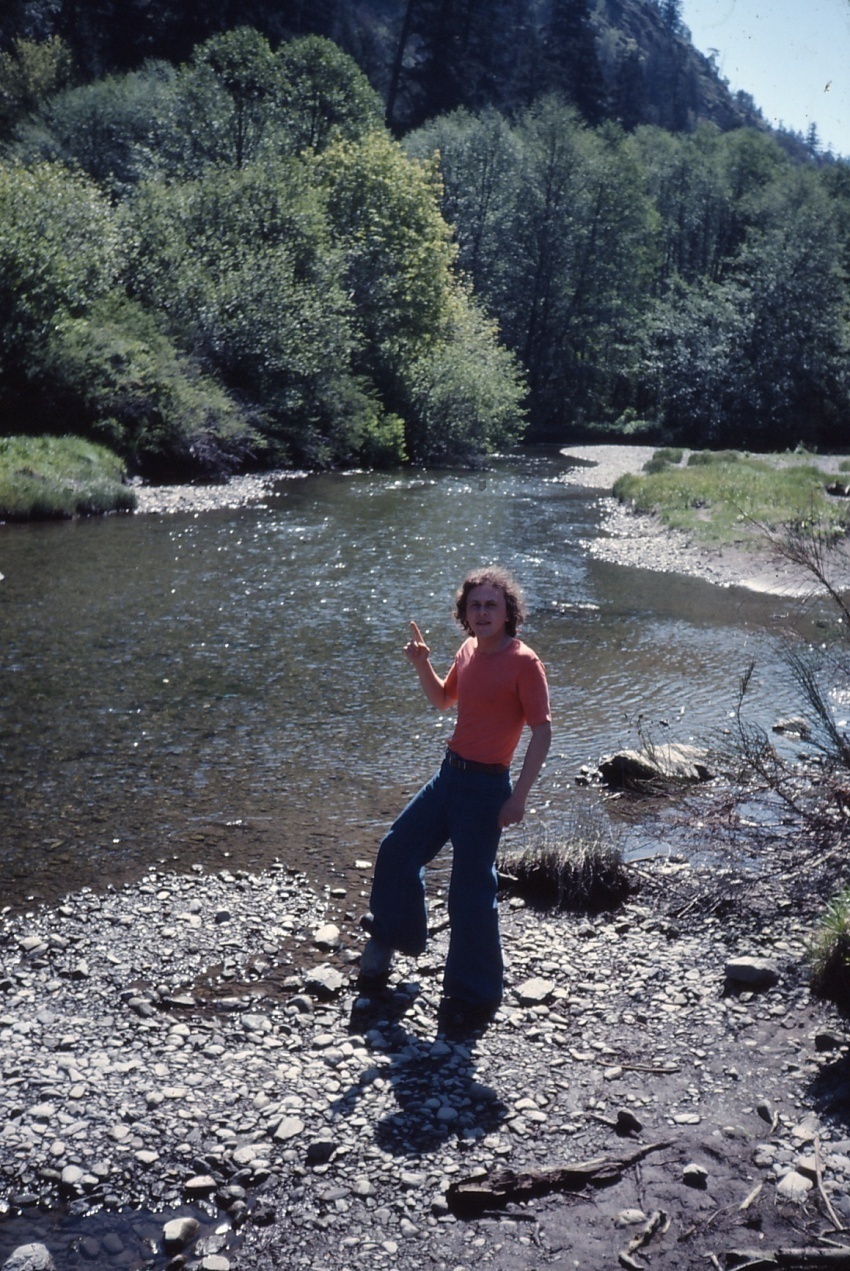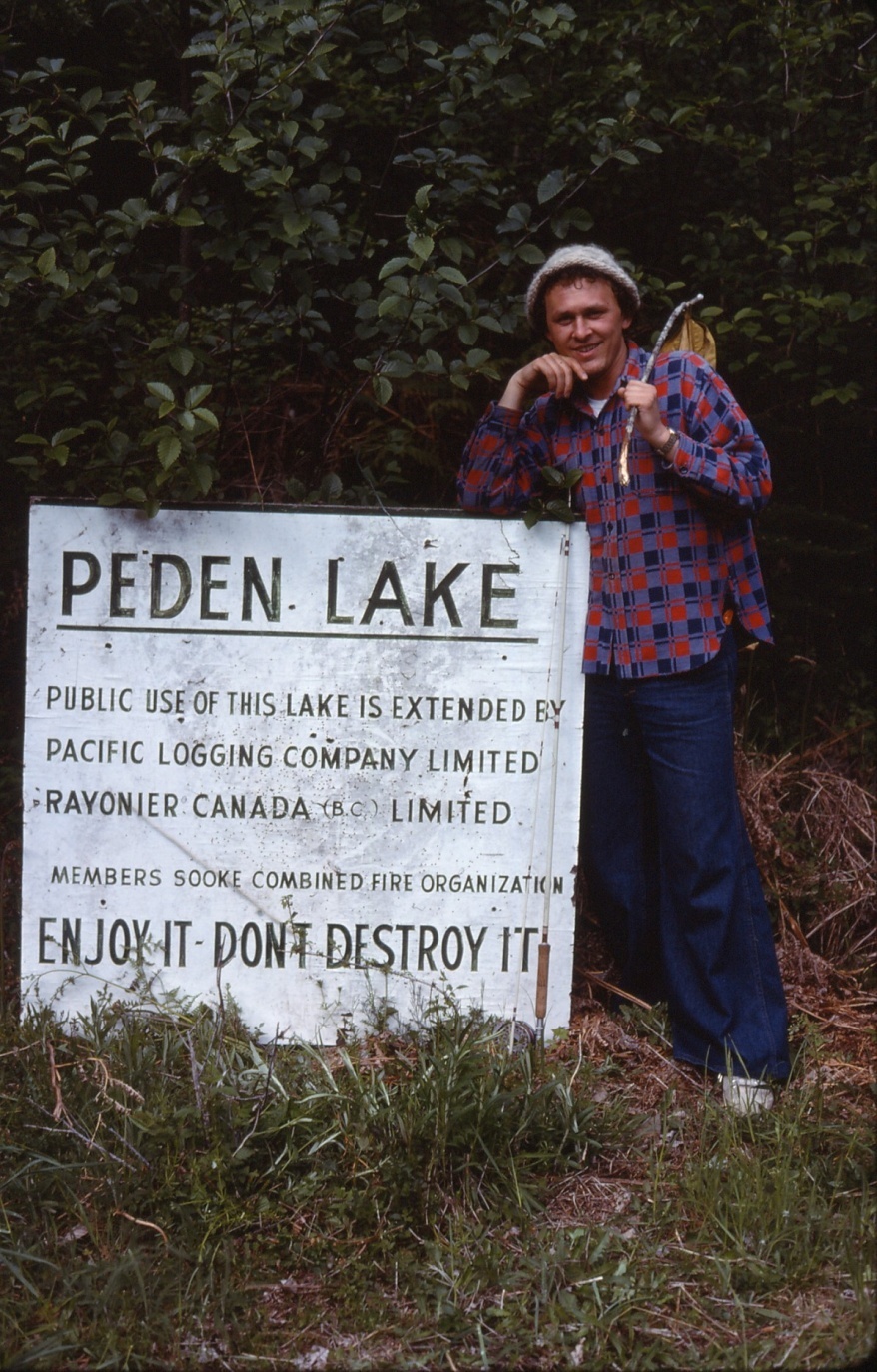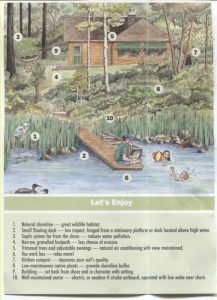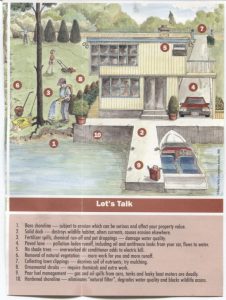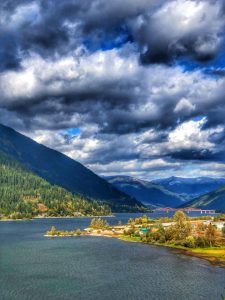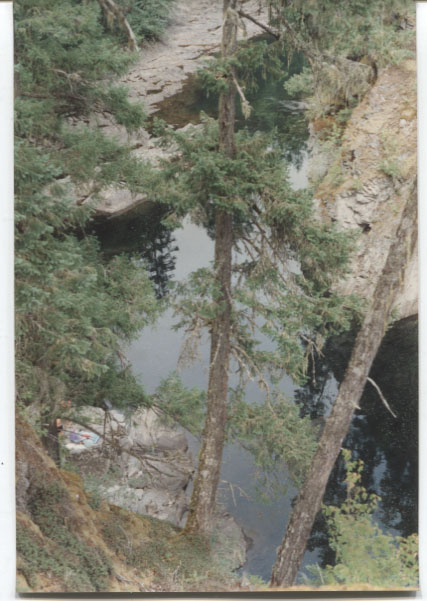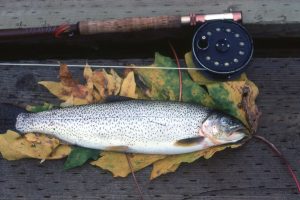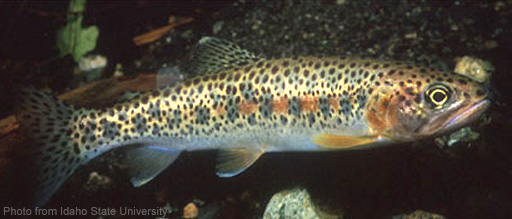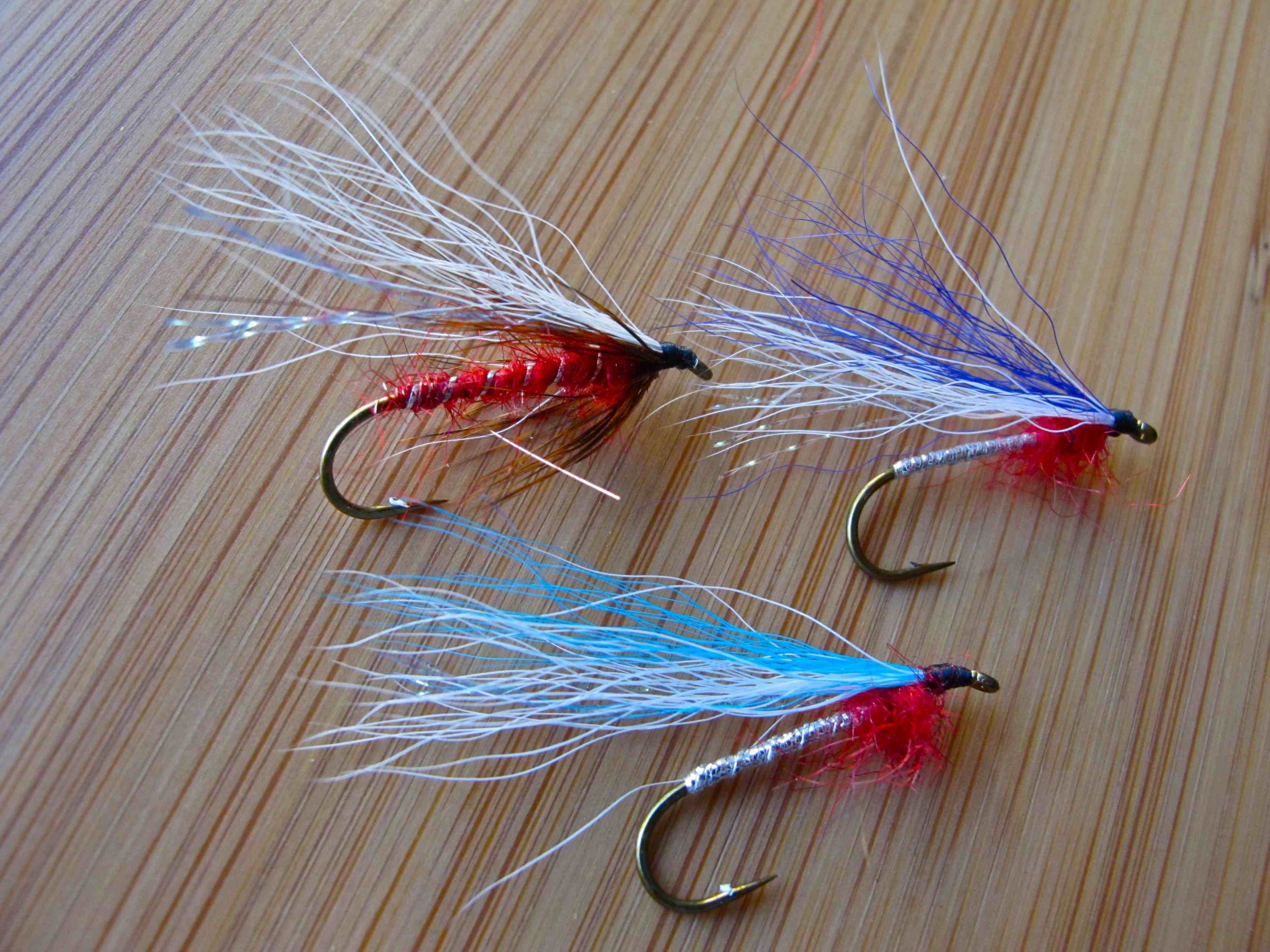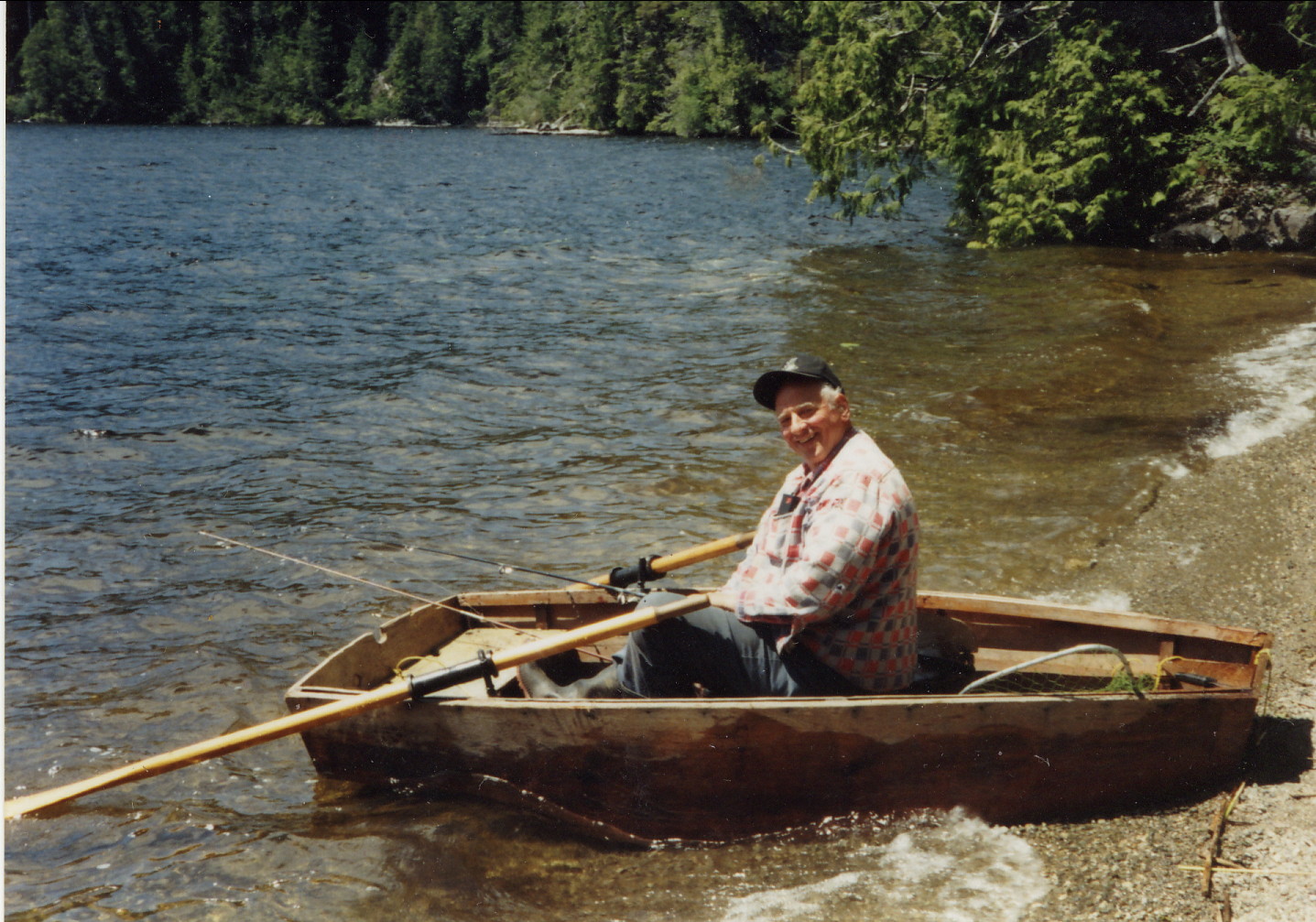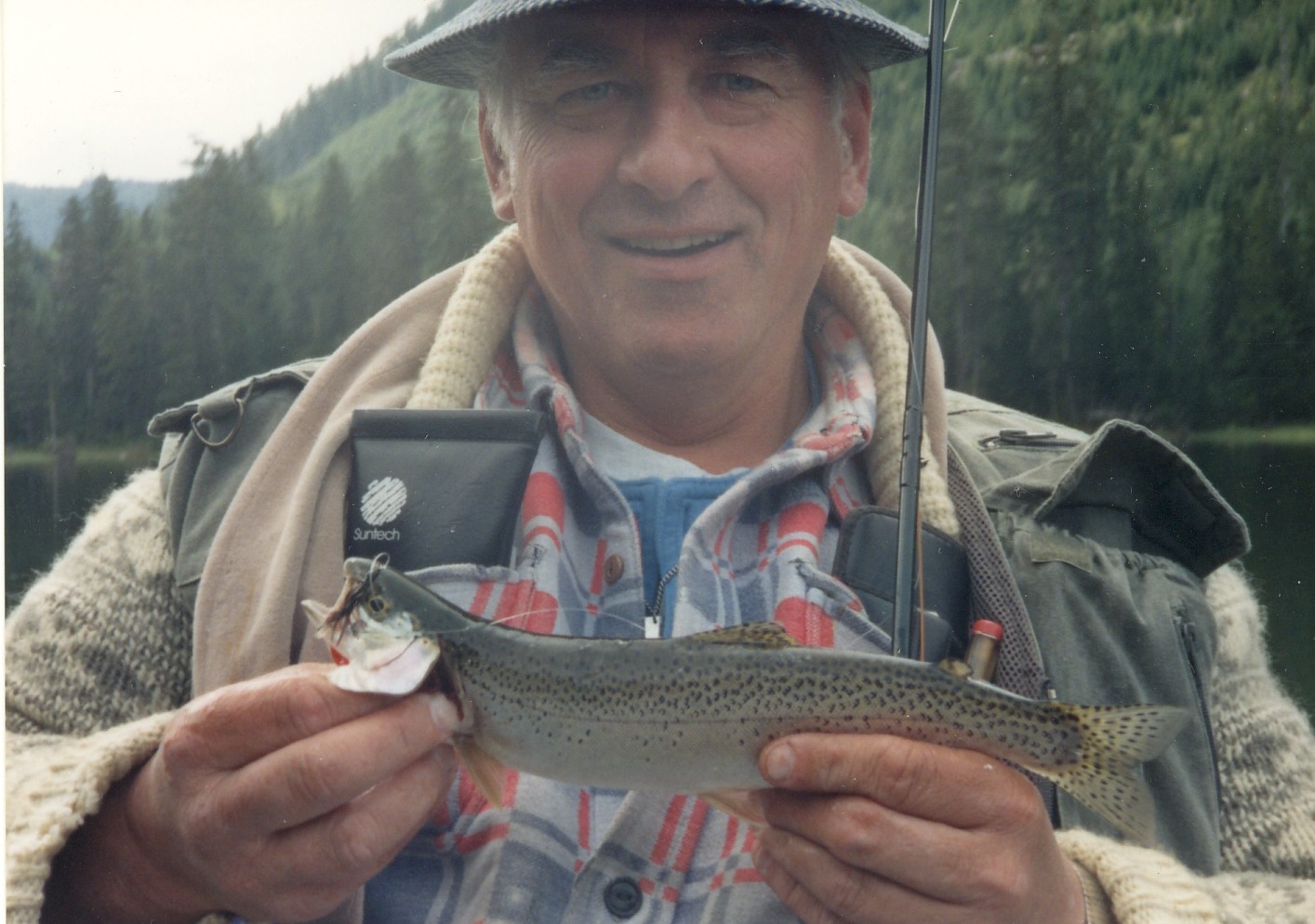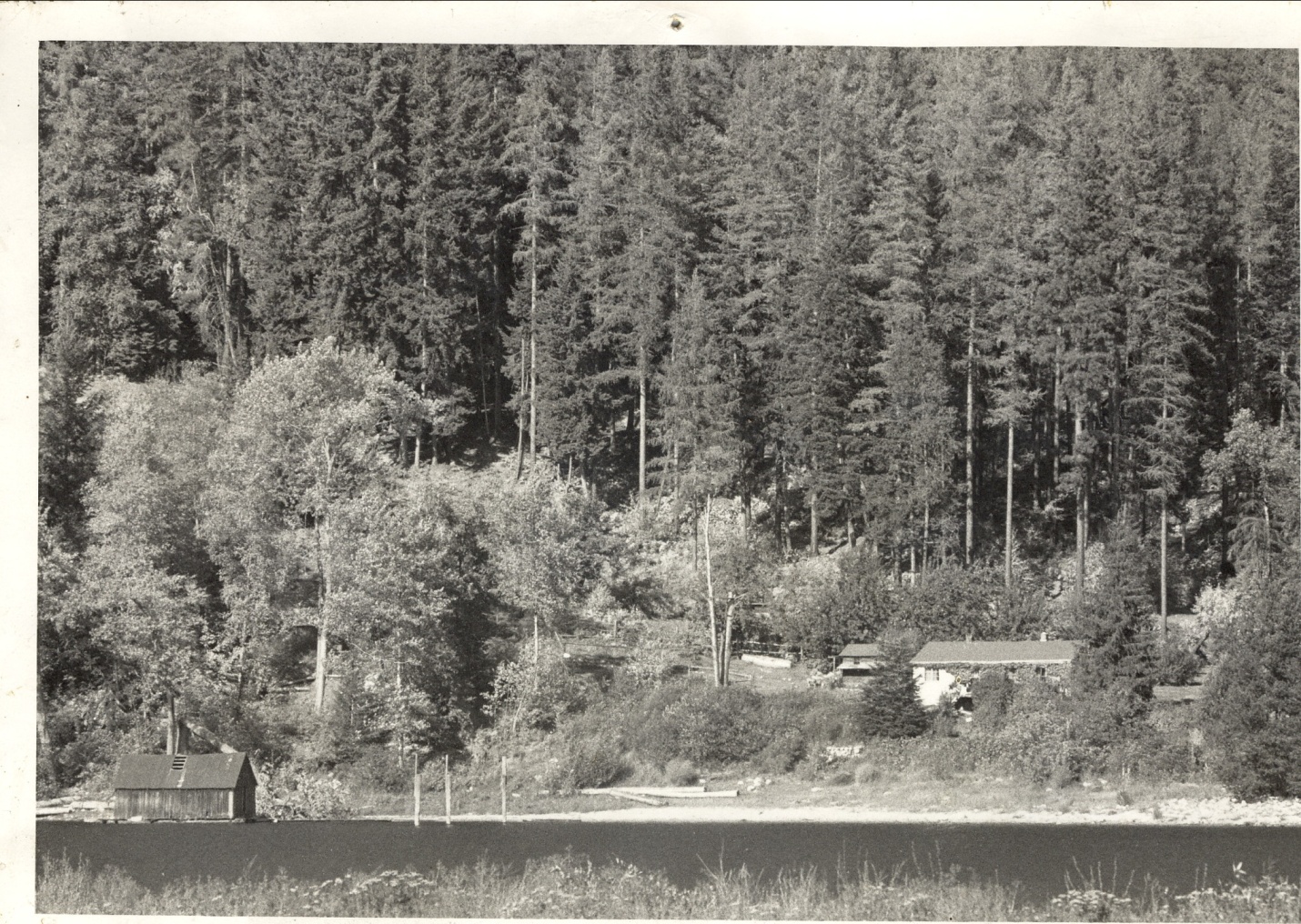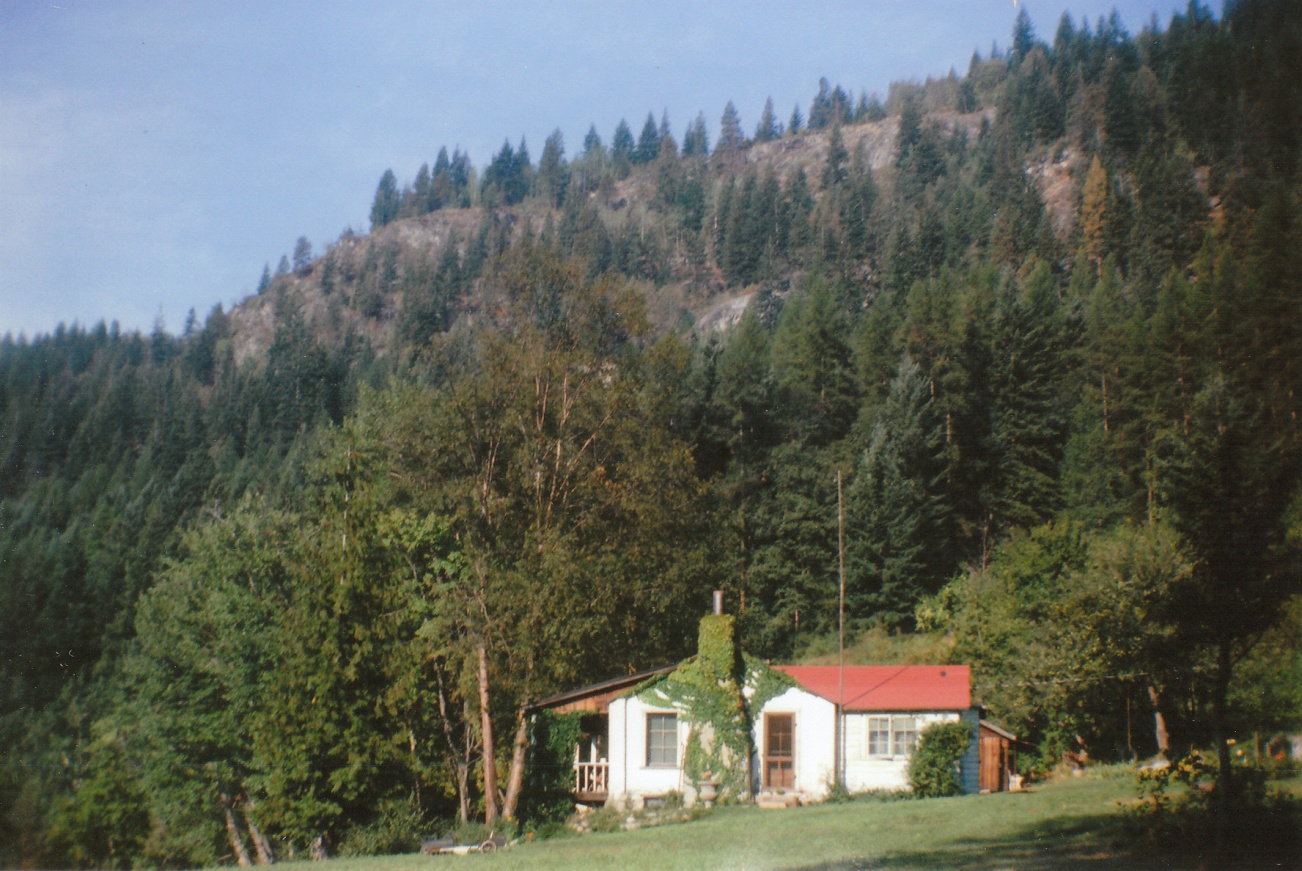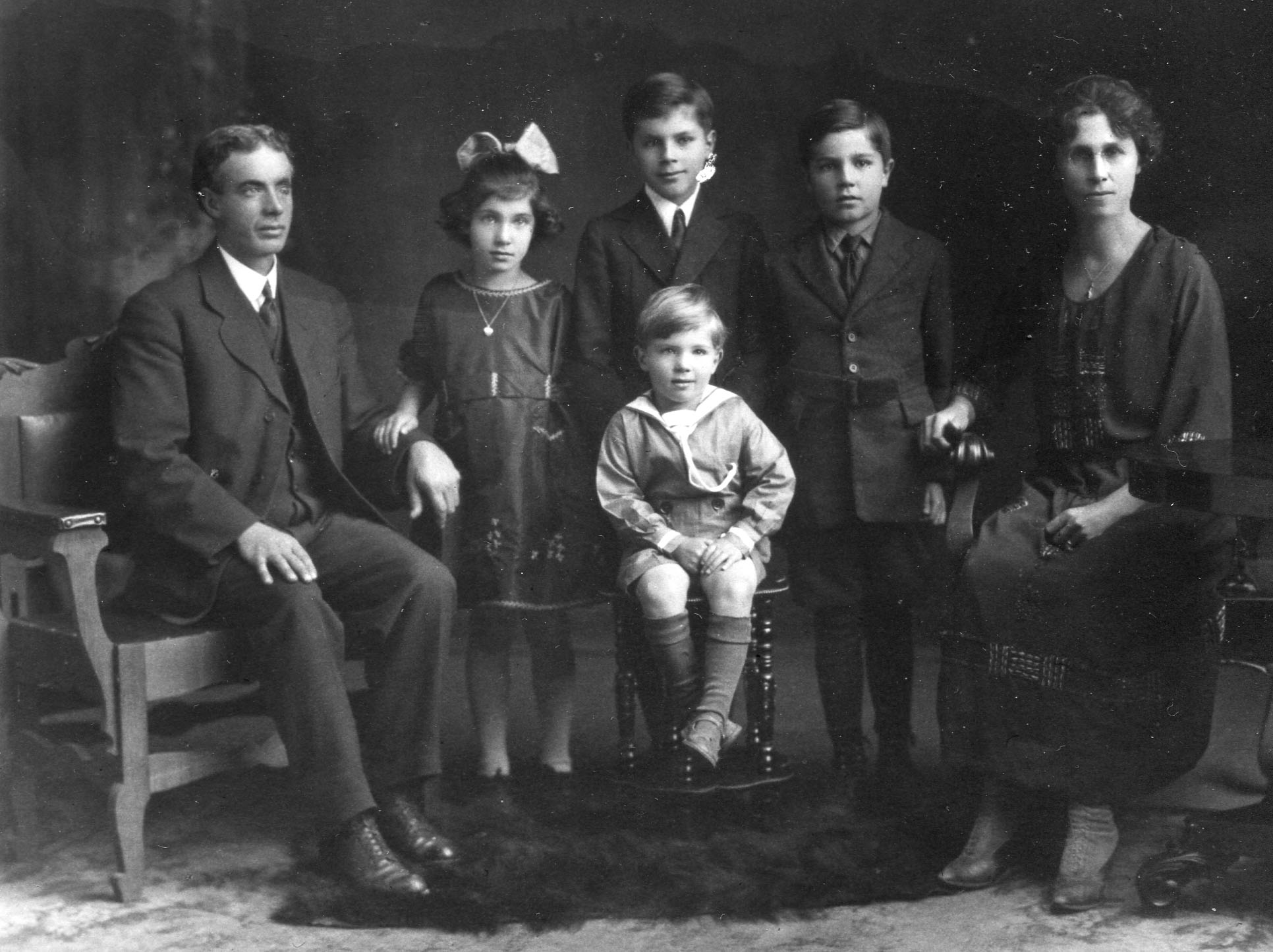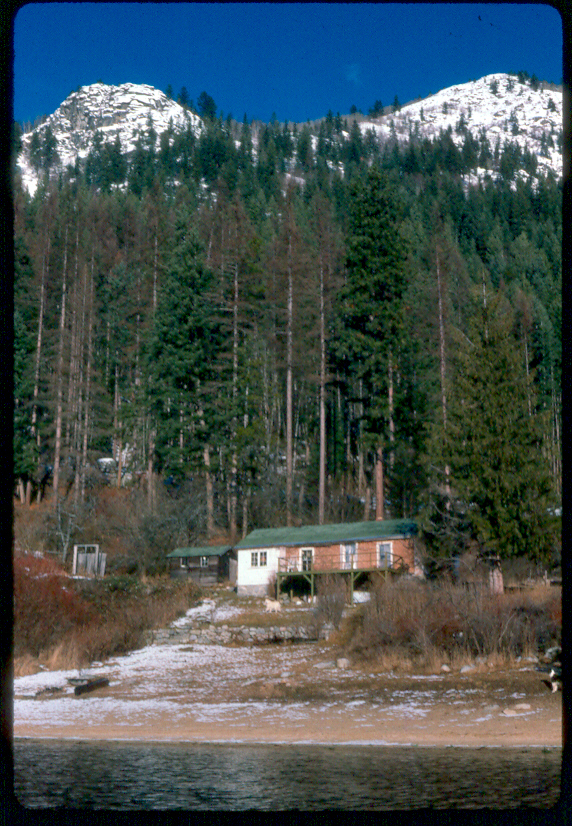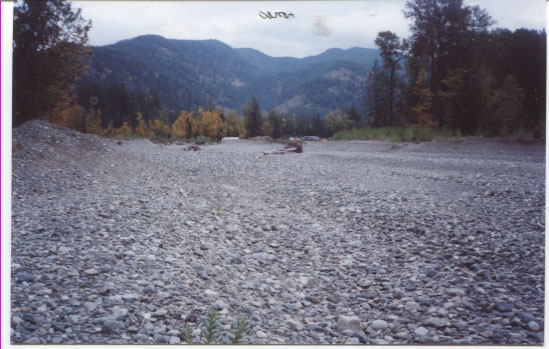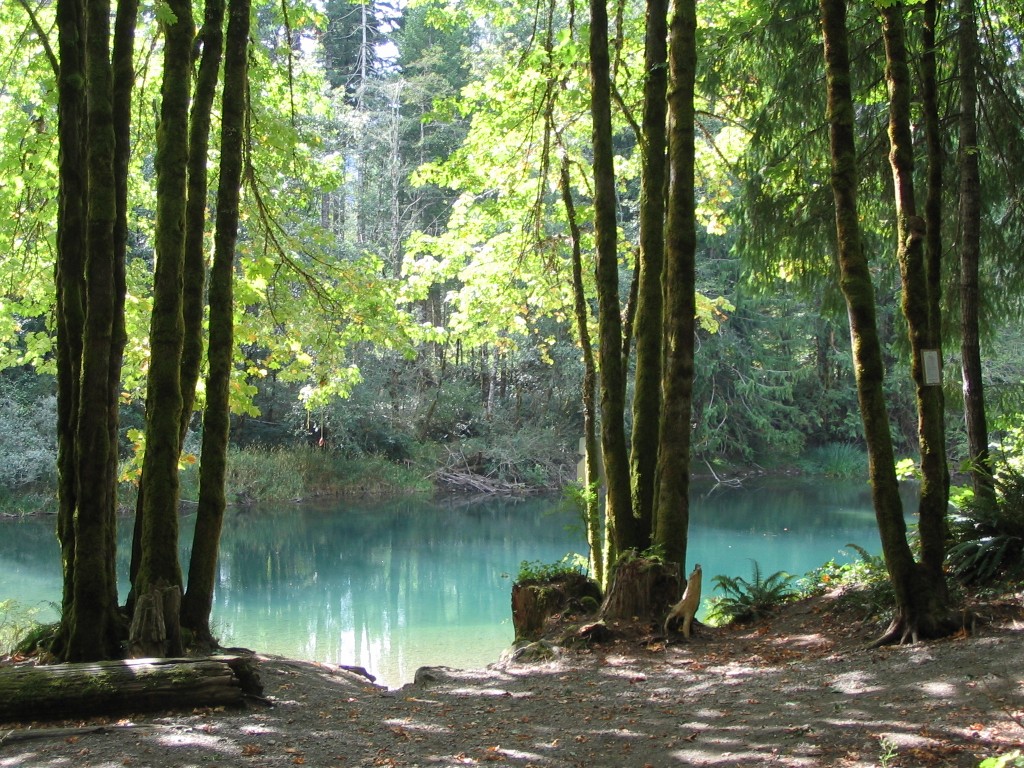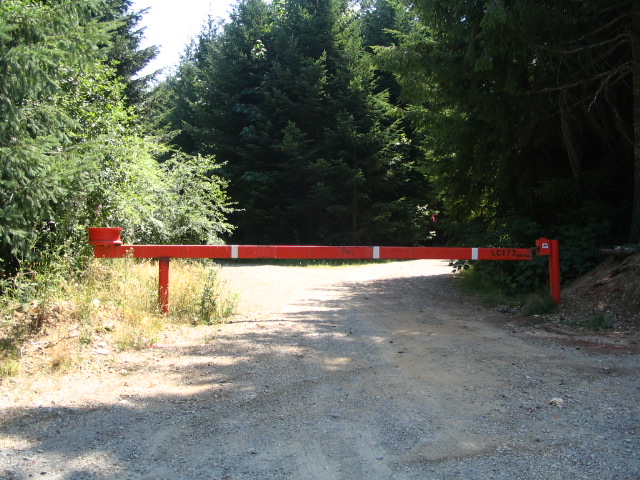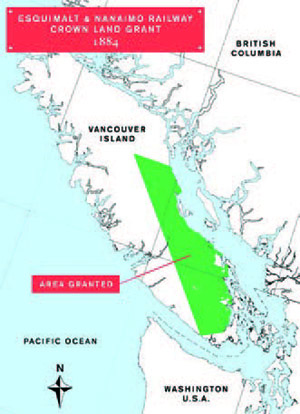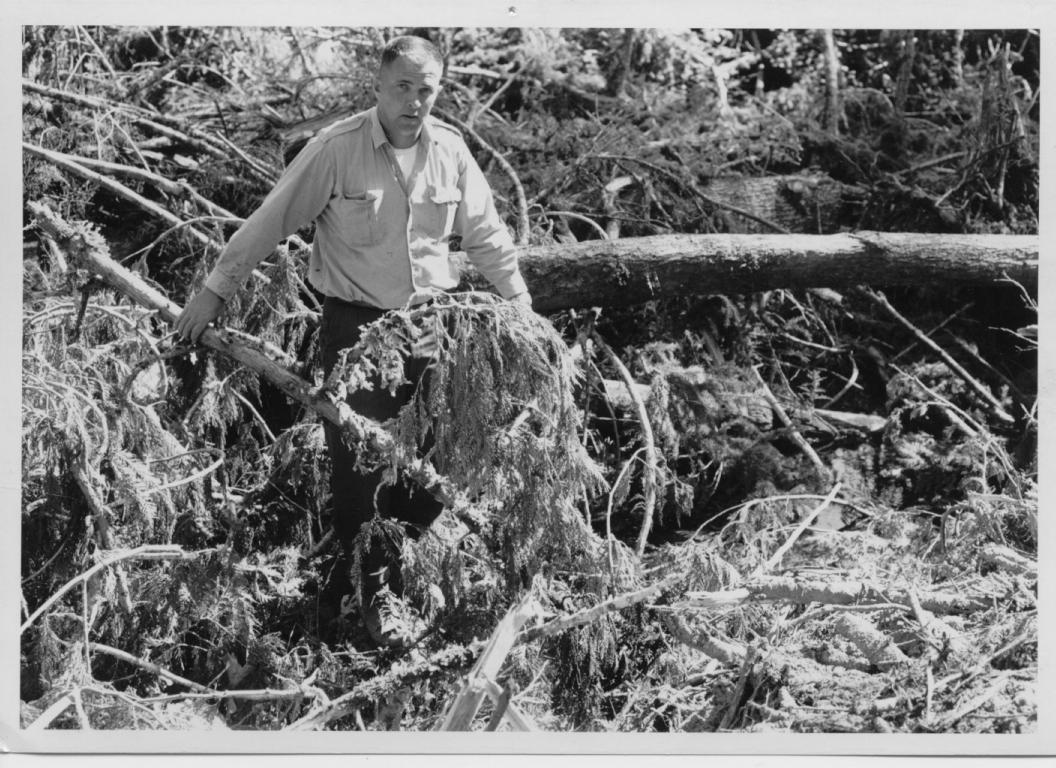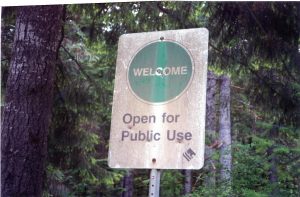Early Days of the Burns Family in Canada
In the early autumn of the year 1878, three young Scottish tradesmen born and reared in the City of Glasgow encouraged by glowing descriptions about opportunities in North America and discouraged by the lack of opportunity in their native land, decided to emigrate to Canada. They sailed from Glasgow to Quebec. The steamboats of that day took about three weeks to make the trip from the River Clyde to the St Lawrence.
The three youngsters were all in their early twenties. They were:
- John Burns
- Walter Leitch
- James Macalister
The first two were Master Joiners and Foremen Carpenters and Maca
lister was a Master Stone Mason. Each has served apprenticeships of seven years.
Burns and MacAlister were married and each had three small children, the youngest a babe in arms. Walter Leitch was single but hoped to have a future wife join him in Canada.
Winnipeg was booming and was much advertised in Scotland. It was the proposed destination of the boys. You travelled by rail to St Paul, Minnesota then by stage to a landing on the Red River. There a small steamer went on to Winnipeg and Fort Garry. This was a long, hard trip through unsettled lands where hostile natives were sometimes present.
The first leg of the trip was from Quebec to Toronto where the young men were persuaded to drop Winnipeg and go on to the Parry Sound District about 200 miles north of Toronto. Settlers could obtain a grant of 160 acres there. At that time Gravenhurst was the end of the Grand Trunk Railroad. A stage ran from there to Parry Sound on the shore of Lake Huron’s Georgian Bay. At Parry Sound they were directed to take another stage to a small hamlet called Dunchurch some 27 miles to the north and located on a narrows between two lakes called Whitestone. They eventually took up lands on the Whitestone River 12 miles from Dunchurch. The land was heavily timbered and filled with game and the river had good edible fish. The Scots were all good riflemen and after they built a cabin for the winter managed to get by with what they could purchase, shoot or hook. The grant lands were taken up in the winter when there was considerable snow. It wasn’t until the spring melt that Burns and Macalister found that they had located on stony land not suitable for growing things. Agriculture was essential to the new settlers in a land where food supplies could be difficult to come by and expensive to buy. Leitch had better luck and his land became a productive farm.
In April of 1879, the wives and children of Burns and MacAlister arrived in Canada. John and Anne Burns had three boys:
- Robert b March 1875
- Harry b December 1876
- John b August 1878
They took the train to Gravenhurst where they were met by the husbands and fathers who took them to the rough quarters at the pre-emption.
John Burns went back to his trade as a carpenter. He built a small hotel at Dunchurch. He and his wife operated it for a few years. The old country tradesmen of that period came prepared so Burns had brought a fair stock of tools. There was no woodworking factories near so most of the wood work had to be made by hand. Lumber was whip sawed and finishing was done by hand plane.
About two years after his arrival, John Burns built a small sawmill. It was steam powered and consisted chiefly of a circular head rig and a carriage. Logs were brought in by sleigh in the winter and by water in the summer where they were stored in a boomed off pond. The mill only operated when lumber was needed. Both lathe and shingles were made but there were no planers to dress the lumber. Good clay and lime were available so bricks could be made. Most buildings were log with stone foundations.
Macalister with an increasing family found it hard to make expenses so after a few years he moved to Parry Sound where he worked as a stone mason. He then moved on to Edmonton when the railway reached there and I lost track of him. His oldest daughter moved to Moyie where her husband was the superintendent of the St Eugene Mine until it closed down. This lady used to visit my mother in Nelson regularly before she left Moyie.
Walter Leitch who had the only good land managed to get a fair acreage under production. The logging camps provided a good market for his produce. He carried on until he got too old then moved to Toronto,
Parry Sound was well timbered with White ad Norway pine and fair stands of hardwood like maple, oak, birch, beech and ash and elm. There were numerous lakes connected by creeks and driveable rivers and this was very helpful getting the wood to market. In my very young days, white Pine was taken out as square timbers for shipment to Britain. Later on, the logs were floated down to Lake Huron then towed to mills on Georgian Bay or across the lake to Michigan mills.
Very few settlers in this district were able to make a living from their farming operations. Some add to their income by trapping. There is an abundance of fur in the region. Others work in the logging camps and on the river drives. Good mink, marten and Red Fox skins sold for a dollar and muskrats for 10-12 cents each. Beaver and otter are worth more but a lot of skill is required.
The three Burns boys all grew up in these surroundings. All had Scottish accents and wore clothes from the home country. Life was rather tough because of their speech and kilts. They soon lost their accents and clothes. Their parents never lost their accent. The boys attended a public school which also served as the church and recreation hall. The flooring, doors, windows and desks were all made of whip sawn White Pine smoothed with a jack plane. Volunteers built it all. The teacher was an old fashioned English school master (Thomas Butler) who taught the basics. He was good teacher and many of his students owe their start in life to his solid grounding taught in that little log school house. The majority of his students never got the opportunity to go further because there was no high school. But when Mr. Butler was through with them, they were well equipped to take their places in business life.
Boys of that era grew up early and had to learn to do things for themselves and assist their parents. Times were hard ad money was scarce. A boy of twelve was supposed to be able to do most of the work around the farm as well as attending school. The Burns were no exception. There were farm duties along with the sawmill and a livery and freighting business. At an early age the boys learned to be all around loggers, river drivers and sawmill men. They could drive a two or four horse team and handle any kind of boat in almost any kind of water. They could shoot, trap, hunt and snowshoe as well as any of their young Indian friends.
Summer recreation was canoeing, fishing, swimming and riding with some sports thrown in. In the winter, there was sleigh riding, snowshoeing and tobogganing. Our father had brought a pair of skates from Scotland so we were able to skate on the lakes. The skates consisted of a wooden base that the shoe fitted on. It had a screw on the rear that fitted into the end of a regular shoe and a skate blade fitted on to the shoe. There was just the one pair of skates for the three boys. Later on, cast iron skates were available but these were easily broken and not very popular. Finally, spring steel skates were made that clamped on to the sole of the shoe and tightened with a spring. These were much more convenient. The Indians wore deerskin moccasins so they clamped the skates to pieces of wood shaped like foot soles and cinched them tight with deer hide thongs called babiche. The natives could race with these skates but the white boys needed more ankle support especially on rough ice. (Uncle Harry was an avid hockey fan so perhaps this is why he goes into such detail on the skates of the day. I’m thinking that hockey wasn’t yet played in this part of Ontario. The time period he is speaking about would have been about 1885, Hockey historians seem to have agreed that the first games were played in Montreal around 1875. It is interesting that a similar game called shinty was played well before that in Scotland. When I was a boy, our pickup games on the ponds or on the street with tennis balls was called shinny)
There were plenty of square dances with sleigh parties. Music was supplied by accordions or fiddles.
The boys were all good swimmers, canoe men and riders. Their Indian friends made them bows and arrows, sleighs and toboggans from local hardwoods as well as birch bark canoes and snowshoes. They also supplied pants and gloves. Almost nothing was imported or made in a factory. The guns were mostly muzzle loaders from the old country.
The Burns boys were lucky to live near an English family with a library and a liberal lending policy. Grimm Fairy tales Robinson Crusoe, Rip Van Winkle and Arabian Nights were among the titles. Mark Twain had just published Tom Sawyer and Huckleberry Finn. These were greatly enjoyed on stormy winter evenings. The local boys were good campers and tried to imitate the Twain characters by floating on rafts and living off the land. Fish and berries were the main staples. Fish were cooked by rolling them in wet clay and baking them in campfire coals. Bass and pickerel were common and little equipment was needed to survive in the summer.
This was a way of life for youthful Canadians of the countryside. It made them resourceful, self reliant and healthy. When their time came for them to go out on their own, most were ready.
Logging Camps
Accommodations and food were very rudimentary for loggers and drivers in the late 80’s and 90’s. Conditions today are simply not comparable ( Uncle Harry was a logger all his life and owned and operated camps in Ontario and BC so he knows of what he speaks). Very little time was spent trying to provide comfort for the workers. Building walls were made with sometimes flattened insides and bark on the outside. The cracks were chinked and moss and often with a mixture of clay and a small amount of lime. Roofs were covered with logs of a uniform size flattened on one side scooped on the other in alternating fashion. The scoop roofs were designed to carry away water. The floors made of poles flattened on the top side with an adze to make them easier to walk on and sweep with the brush brooms of the day. They were seldom washed. The large building was heated by an open fire in the centre. There was a large opening in the roof which carried off the smoke and provided ventilation. The sky was visible in daylight. This fire was called a Camboose and all wet clothes were hung around it to dry on pole racks,
The bunks were made of small poles and were called Muzzle Loaders. They were all two bunks high and were entered from the foot because they were so packed together there was no room on the sides. Wool blankets were supplied but there were no springs or mattresses. The bottom of the bed was covered with cedar, spruce or balsam boughs or, if you were lucky, hay. As many as 50 men slept in a building and it was lighted by candles or coal oil lamps. The cookhouse was constructed the same way and was usually next to the bunkhouse. The space between them was sometimes covered to provide a covered walkway and storage space. The early camps had no stoves and cooking was done with bake kettles covered with coals or sand and assisted by a reflector or Dutch oven where pastry was sometimes prepared, an experienced cook was needed. But I have had first class meals cooked by the simple method.
Game was plentiful in the Parry Sound and Nippising area and in the 1880’s and early 90’s, it was customary for a camp to have a designated hunter on staff. He shot deer and used their tanned hides for mitts and clothes. He was paid 3 cents per pound for the meat and sold the other items to the camp. He was carried only in the cold weather between October and April so the meat would stay safe. The other supplies provided by the camps were flour, white beans, dried apples, mess pork and corned beef. There was also long, clear bacon called sow belly. No butter, milk, sugar or vegetables were supplied after freeze – up. Syrup was handy however and supplied in barrels.
In my early days in the camps, White and Norway pine were the only trees taken. They were logged with axes and the fallers were called Choppers. The pines were cut 10 feet above the butt. The butts were left to provide Shake. The White Pine was made into square or Waney timber for the British market and the Norway pine went to local mills.
About this time, cross cut saws came into use and trees were notched and felled
As they are now. This got rid of the system called Long Butting and saved a lot of clear wood.
Timber from the Baltic countries became popular in the British market and could be delivered for less so Canada had to look for other markets. A large portion of the cut went as saw logs then they were hauled by horse and sleigh to the lakes and rivers to wait for break up. They could then be floated to Lake Huron and find their way to the large mills in Michigan in places like Saginaw, Bay City and Alpena.
Logging was about the only industry in our district and about the only thing the boys could look forward to was a foreman or superintendent’ job. Or perhaps a manager if they picked up some education. Before they were too old.
Robert and Harry Burns were, like other boys loggers and river drivers when they were fifteen. Both became straw bosses or deputy foremen when they were very young.
Robert Burns, after a short time in BC with his father and brother John decided on a mercantile career and bought a small country store near Orilla. He later moved to Manitoba and Saskatchewan winding up with a general store in Humboldt where he died in 1928.
John was interested in building, and , after a few winters in the woods he worked with his father eventually going with him to Nelson, BC where they constructed several important buildings. John Burns Senior died in Nelson in 1916. His son carried on with the building business for many years building many outstanding buildings in the Kootenay Region. Among them is the Nelson Post Office later City Hall then Touchstones, Court House Canadian Bank of Commerce, Central and Hume Schools and Government Buildings at Rossland, Trail, Greenwood and Grand Forks as well as Court Houses at Vernon and Kaslo and the Greenwood Post Office.
. Also the Nelson Brewery, Mara and Bernard Block, St. Josephs School, a number of private homes: 411, 415 and 413 Carbonate, the old hospital on Front St and The Malone House at 1102 Front St. He also built the old fire hall. In about 1920, he constructed the hotel and pool at Ainsworth. He bought much of the township of Ainsworth and built the cabin at Loon Lake. In 1928, his firm had 80 employees, owned a sash and door factory, lumber yard, the gravel pit behind the high school and several marble and rock quarries. His last job was construction of Nelson’s Civic Centre a multi use public building with an area, recreation hall, theatre and library. It was built in the midst of the depression. He was a Nelson alderman in 1918-19.
Harry Burns stayed with the logging and lumber business. He took a course at Ontario Business College and parlayed that and his experience as logger, river driver and timber cruiser into management positions at Georgian Bay Lumber Company and Blind River Transportation Company where he was involved in both logging and railroad construction.
By 1906 however, Harry got an itch for new country. His parents and brothers had moved to nelson in the 90’s going in by Spokane and the Nelson and Fort Sheppard Railway. (later called the Great Northern and Burlington Northern)
The CPR Crowsnest Line was still under construction.
Harry was immediately offered a job with Western Canada Timber Co. at Gerrard, BC as assistant superintendent in charge of all logging. The timber was thick and easy to get out. The Gerrard town site was cleared and a new mills with a capacity of 110,000 feet a shift. A few very nice dwellings were constructed. Logging was done around the Gerrard Town site, at Poplar Creek and American Point Four Miles up Trout Lake. CPR ran a steamer from Nelson to Lardo three times a week and a train ran up the Lardeau Valley to Gerrard where a steamer (SS Proctor) continued to Trout Lake City. He also served as post master for Gerrard.
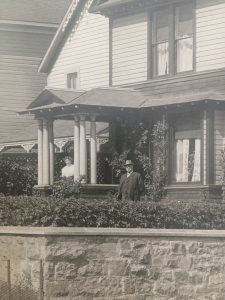
The First John Burns with wife Annie at 423 Silica Nelson about 1900
After this operation Uncle Harry worked in Vancouver for North Vancouver Sawmills and Cascade Wood and Coal. On the coast he also helped survey the boundaries of Strathcona Park, and owned part of West Vancouver. Back in the Interior, he had a mill and logged near Taghum then operated Tree Farm Licence #3 at Passmore in the Slocan Valley with his son Gordon. They also had a building supply store at 602 Baker Street in Nelson where his other son Bill was employed. He was a life member of the Kootenay Lake Hospital Board and the Nelson Chamber of Commerce.
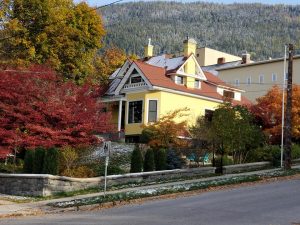
Written By Harry Burns
Edited by Ted Burns (August 12/20) and supplemented by John Burns No. 4
Harry Burns Nelson house at Carbonate and Ward. Later owned by Littlewood then Bruce Ramsay
